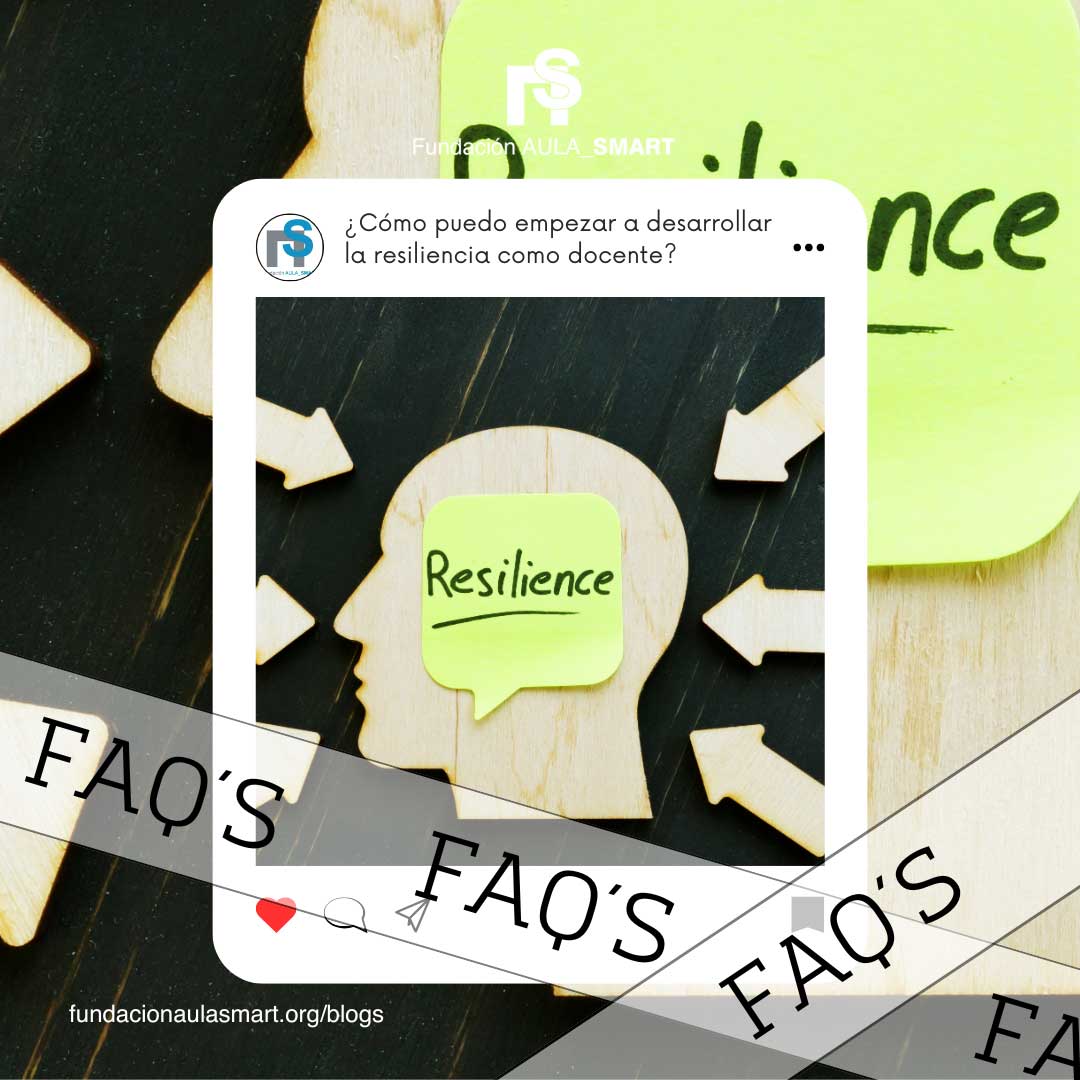Revolutionize your teaching method and discover how chatgpt can change your educational perspective
Introduction to the impact of artificial intelligence on education
The evolution of traditional teaching methods towards technological tools
Traditional teaching methods: from the board to the textbook
During much of history, teaching has depended on traditional methods such as the use of blackboards, textbooks and face -to -face instruction. The teachers played a central role, teaching unidirectionally, while the students took notes and prepared for exams. Although this model has been effective, it presents limitations in terms of customization and adaptability to the individual learning rhythm.
First technological advances: the arrival of computers and digital tools
The arrival of computers to the classroom at the end of the 20th century marked the beginning of the integration of technology in education. Tools such as word processors, spreadsheets and digital presentations began to complement teaching methods. These advances facilitated access to more resources and allowed students to conduct research more efficiently. However, a significant personalization level was not yet reached.
Online educational platforms: Moodle, Edmodo, Google Classroom and Distance Learning
With the Internet boom, educational management platforms arose such as Moodle, EDMODE and Google Classroom, that revolutionized teaching by enabling distance education. These platforms not only centralize educational content, but also allow fluid communication between students and teachers, online evaluations and monitoring of progress.
In particular, Google Classroom It has been a great ally for teachers, facilitating the organization of classes, activities and evaluations, with an efficient and friendly system for users.
Advanced technological tools: the impact of artificial intelligence and classroom automation
Artificial intelligence has taken this evolution one step further, with tools such as Chatgpt that allow dynamic and real time interaction. The systems based on AI not only provide quick responses, but can also adapt the content according to the student's level of understanding, improving the learning experience in a personalized way.
Benefits of integrating chatgpt in education
Personalized learning improvement
One of the most prominent benefits of ChatgPT is its ability to provide personalized learning. By adapting to the needs of each student, AI can offer more detailed explanations to those who need it, or advance faster with those who dominate the content. This customization capacity allows each student to learn at their own pace, which improves knowledge retention.
24/7 assistance for students
Chatgpt is available at any time of the day, allowing students to ask questions and get immediate answers outside of traditional school hours. This is especially useful for those who study at night or at unconventional schedules. Constant accessibility reduces the dependence of teachers to solve doubts, which can optimize time and resources in the classroom.
Time optimization for teachers
With the help of ChatgPT, teachers can reduce the amount of time they dedicate to repetitive or administrative tasks, such as answering frequent questions or correcting certain simple tasks. This allows them to focus on the development of more creative activities, class planning and the individualized monitoring of their students. The AI complements the teaching work, releasing valuable time to improve the educational experience.
Reduction of administrative load
The AI can also assume administrative tasks that consume time, such as the organization of calendars, the programming of reminders and the creation of automatic reports on the progress of the students. By reducing this administrative burden, teachers have more freedom to concentrate on pedagogical development and students' well -being.
Chatgpt use cases in the classroom
Use of chatgpt as virtual tutor
Chatgpt can act as a virtual tutor that accompanies students in their learning process. Thanks to its ability to process large amounts of information, it can offer clear and detailed explanations, as well as additional examples on any subject, allowing a deeper understanding of the content. This use is particularly effective for autonomous learning, since students can resort to virtual tutor when they need it.
Support in solving complex problems in various matters
In subjects such as mathematics, science or programming, students often face complex problems that require multiple steps or a deep analysis. Chatgpt can guide students through the process, teaching problems in manageable steps and offering partial solutions that help the global understanding of the problem. This type of support helps students develop critical thinking skills and problem solving.
Chatgpt as a tool for language practice
Language practice is another field where Chatgpt can make a difference. When interacting with the AI model, students can improve their grammar, vocabulary and fluidity in simulated conversations. Chatgpt can correct real -time errors, suggest alternative phrases and help students become familiar with the practical use of a foreign language. It is an ideal tool to practice written and oral communication, providing a safe and without judgments.
Creation of interactive activities based on AI
Artificial intelligence allows teachers to design interactive activities that conform to students' interests and abilities. ChatGPT can generate exercises, perhaps or interactive games that make learning more entertaining and attractive. This ability to customize activities can also motivate students, making education more fun and less intimidating.
Chatgpt as a tool for teachers
Development of more efficient curricula
Teachers can take advantage of chatgpt to develop personalized curricula and adapted to the specific needs of their student group. With its ability to process large amounts of information and generate structured content, ChatGPT can suggest resources, activities and learning sequences that optimize time in the classroom. In addition, it allows the creation of a flexible curriculum that can be adjusted based on students' progress.
Evaluation generation and automated feedback
ChatGPT can help teachers in the generation of automated evaluations and exams. AI can generate questions from different levels of difficulty and formats, such as multiple, true or false choice, or open questions. In addition, when evaluating automatic responses, ChatGPT can provide immediate feedback to students, highlighting areas that need more attention. This optimizes the evaluation process and guarantees that students receive timely answers about their performance.
Creation of personalized educational materials for each group of students
ChatGPT also facilitates the creation of educational materials that fit the skills and learning levels of each group of students. From study guides to key issues, AI can generate content that is aligned with the specific learning objectives of the group. This customization capacity improves the effectiveness of the didactic material, allowing students to take better use of available resources.
Chatgpt challenges and limitations in the educational field
Technological barriers: access and connectivity
One of the main challenges of implementing chatgpt in education is the technological gap. Not all students have access to appropriate devices or a stable Internet connection, which limits the use of this tool. Schools with limited resources, particularly in rural areas or developing countries, face greater difficulties in integrating AI in their classrooms, which could increase educational inequality.
Excessive dependence on AI and loss of human skills
Another important challenge is to prevent students from becoming excessively dependent on artificial intelligence. While ChatGPT can offer quick and personalized solutions, there is a risk that students do not develop the skills necessary to solve problems themselves. It is essential that teachers find a balance between the use of AI and the promotion of critical thinking and independence in learning.
Ethics in the use of artificial intelligence in learning
The use of the education also raises ethical issues, such as the privacy of students' data and the responsible use of the information generated by AI. It is crucial that educational institutions implement clear policies to protect the data and ensure that chatgpt and other similar tools are used ethically. In addition, teachers must guide students in the responsible use of these technologies to prevent them from depending completely on them.
Future education with artificial intelligence
The evolution of Chatgpt and its possible improvements
The future of Chatgpt and AI in education promises significant advances. As technology improves, we are likely to see more sophisticated models capable of better understanding students' needs, offering more precise answers and providing more personalized recommendations. Developers are working on making AI more interactive and efficient, which will allow an even more adaptive educational experience.
How to prepare for a future with more advanced AI tools
To make the most of artificial intelligence tools in the future, teachers and students must remain up to new technologies. Educational institutions must also adapt their curricula and teaching methods to effectively integrate AI in the classroom. Continuous training in the use of technologies such as ChatGPT will be essential for teachers to maximize their potential and continue improving learning experience.
Innovations that will transform the classroom in the coming years
In the coming years, we are likely to see a greater integration of AI in different aspects of education. From completely automated classrooms to the creation of immersive learning environments based on virtual reality, the possibilities are practically infinite. The AI will also allow more collaborative and inclusive learning, in which each student can participate and learn in their own rhythm, without the traditional limitations of the educational system.
Conclusion: The paradigm shift in teaching with chatgpt
How chatgpt opens new opportunities in learning
The introduction of chatgpt in the educational field marks a before and after in the way in which students and teachers interact with knowledge. The ability to customize learning, provide continuous assistance and automate repetitive tasks opens new opportunities to make education more accessible, efficient and effective. This paradigm shift is transforming the way in which it is taught and learned, bringing education closer to a more dynamic and adaptable model.
Final reflection: the role of the teacher in the era of artificial intelligence
Although artificial intelligence is changing education, the teacher's role remains crucial. More than ever, educators must guide students in the responsible use of these tools and foster skills that machines cannot replace, such as creativity, critical thinking and empathy. Chatgpt and AI should be seen as accessories that enhance the teacher's work, but never as a replacement.
Frequent questions
1. How can chatgpt customize learning for students?
Chatgpt can customize learning by adapting to the individual needs of each student. Provide detailed answers, adjust the level of difficulty of the questions and offer additional explanations when necessary. This allows each student to advance at their own rhythm, which improves their understanding and retention of concepts.
2. Is it necessary for teachers to have advanced technical knowledge to use chatgpt in the classroom?
It is not necessary to have advanced technical knowledge to use chatgpt. The tool is designed to be intuitive and easy to use for both teachers and students. However, receiving basic training on the use of AI in the classroom can be beneficial to make the most of its functions.
3. Can Chatgpt replace teachers in the future?
No, Chatgpt is not designed to replace teachers, but to complement their work. Teachers are still fundamental in education, since they provide essential human skills such as empathy, creativity and the ability to guide students in their personal development. AI only helps automate certain tasks and customize learning.
4. Is it safe to use chatgpt in the educational field regarding data privacy?
The safety and privacy of the data are critical issues when using any technological tool in education. It is important that educational institutions implement data protection policies and use platforms that comply with privacy regulations. Chatgpt should be used in a responsible way to guarantee the security of student information.
5. What challenges schools face when implementing Chatgpt?
Some of the challenges include the technological gap, since not all students have access to appropriate devices or quality Internet. In addition, it is important to prevent students from becoming AI to solve problems. Institutions must work to integrate Chatgpt in a balanced and accessible way, ensuring that all students can benefit from this technology.




















Leave a comment
All comments are moderated before being published.
This site is protected by hCaptcha and the hCaptcha Privacy Policy and Terms of Service apply.